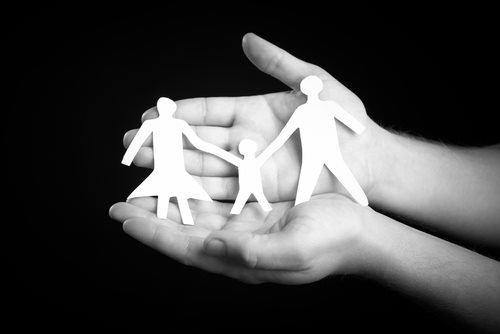 What is Child Protection?
What is Child Protection?
Child Protection is an ideological system structured in order to provide protection to children; this may include advocacy for the protection of children’s rights, investigative measures with regard to situations in which children’s rights may be violated, and the assurance that no child is subject to abuse, exploitation, harm, damage, or cruelty. In contrast to protective services provided to individuals classified as legal adults, Child Protection retains both a sense of urgency and sensitivity due to their young age(s) – as well as all developmental factors inherent within individuals younger in age. Child Protection is considered to demonstrate a bulk of its importance with regard to the following:
The protection of the safety, health, and wellbeing of a child
The advocacy for the legal and human rights afforded to children
Punitive recourse with regard to individuals convicted of endangering a child
A History of Child Protection in the United States
Although the first recorded legislature passed with regard to the provision of Child Protection within the United States was believed to be the foundation of the Children’s Aid Society in 1853, the epidemic of child abuse and neglect had always considered to exist:
The Children’s Aid Society sought out to provide protection and sanctuary to children who had been abandoned on the streets of New York City; the rampant exploitation of children through forced labor and abuse – in addition to the impoverished conditions in which many homeless children lived – prompted the formation of such a Child Protection Agency
In 1926, the Social Security Act was passed, which contributed to the formation of child abuse prevention legislation by structuring Child Protection services in order to provide for the safety and wellbeing of children; in response to child labor occurring both in the United States, as well as abroad, this Child Protection Act not only ensured that neglected and abused children would be addressed, but also recognized the growing trend connecting child delinquency to child abuse
In 1974, the Child Abuse Prevention and Treatment Act was enacted by Congress; many historians credit the passing of this Child Protection Act to result from the establishment of the term ‘battered child’ – this act ensured the prevention and intervention with regard to children undergoing abuse
Child Protection afforded to ‘battered children’, which was a classification given to children who had been the victims of abuse illustrated devastating findings; these findings conveyed both the long and short term effects of child abuse – these effects exist on both physical and emotional levels
Upon the proliferation of research-based findings, the end of the 20th century rendered the passing of the following child protection acts – The Child Abuse Prevention Act, The Safe Families Act, and the Adoption Families Act
Getting Help
Individuals have been victims, made aware of, or witnessed child abuses are encouraged to contact their local authorities or law enforcement department in order to report the details of the offense. In the event that an individual wishes to do so in an anonymous fashion, they should contact the Department of Child Protective Services immediately at (800) 422-4453



















